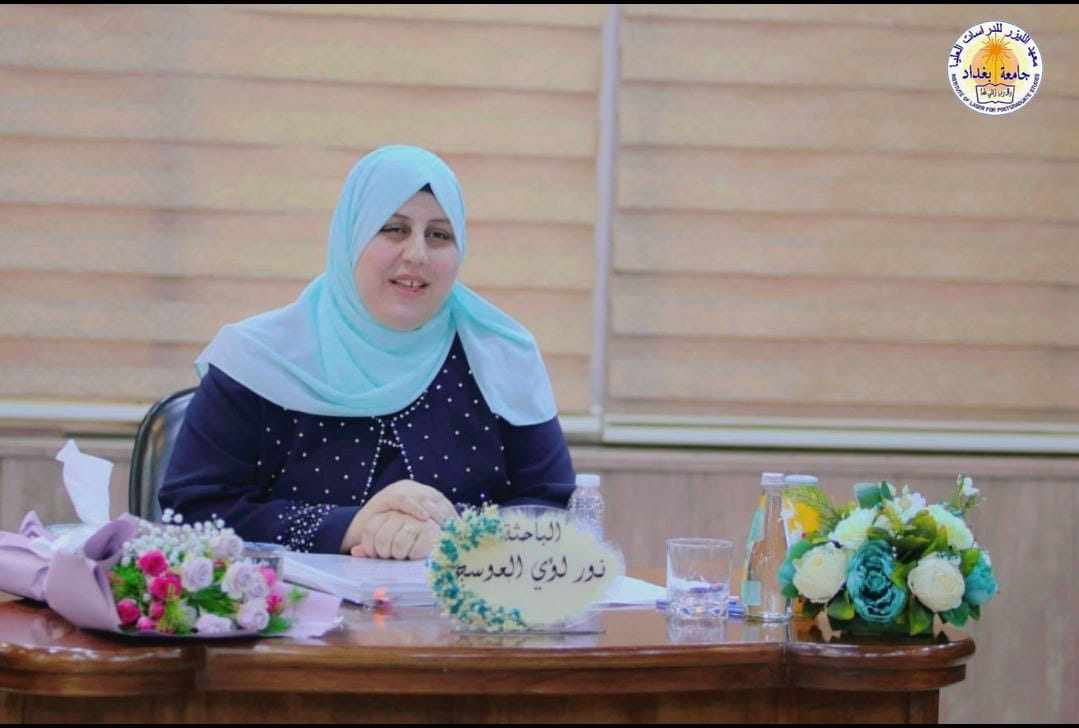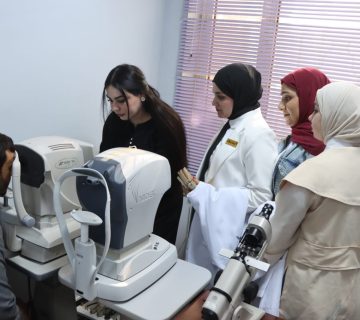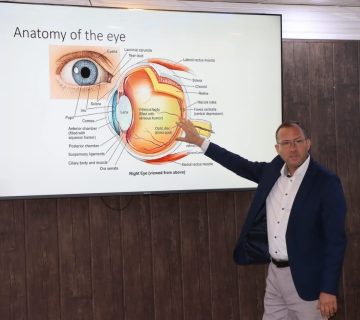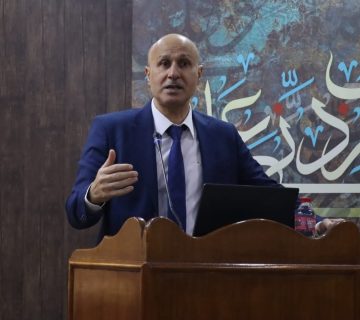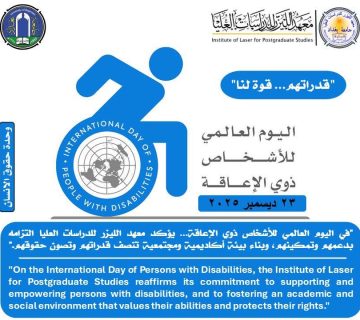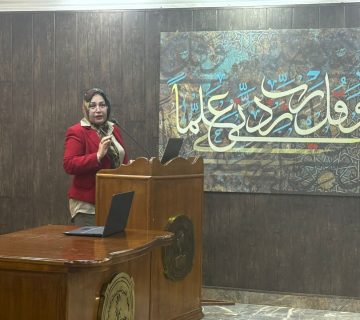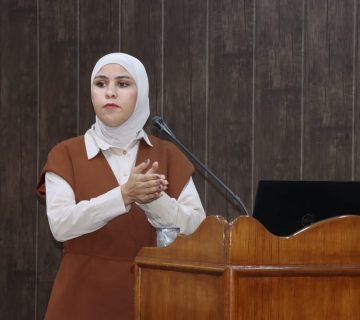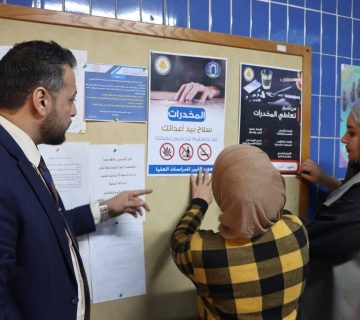The doctoral dissertation, which is entitled “Fluorescence detection of biomaterials by laser microfluidic device fabrication” by the student Nour Luay Al-Awsaj and supervised by Assistant Professor Dr. Zainab Fadel Mahdi, took place at the Laser Institute for Postgraduate Studies at the University of Baghdad.
The aim of the research is to design, implement and perform microfluidic sensors for gold-coated biomaterials using carbon nanotubes and graphene to detect very low concentrations.
To obtain ideal microfluidic, sensors are fabricated with a CO2 laser with a laser power of 60 W and a scanning speed of 250 mm/s for both straight and zigzag channel designs.
The fluorescence of the materials was enhanced after mixing with carbon nanomaterials in microfluidic sensors, especially carbon nanotubes with higher sensitivity than graphene at the same concentrations.
The performance of enhanced gold-coated microfluidic sensors is more efficient for various biomaterials such as glucose. The above three types of sensors can be used for early detection at low concentrations with high sensitivity and low cost.
Therefore, the design and fabrication of microfluidic sensors is an alternative to conventional spectrophotometers.
The researcher concluded that these devices have advantages such as reduced sample size and detection time, in addition to improved detection sensitivity at low concentrations due to higher surface-to-volume ratio, portability, disposability, and the use of the same platform for sample preparation and detection. Microfluidic chips, also, include fiber optics as an alternative to complex optical systems, due to their small size and the benefits of their compact construction.


